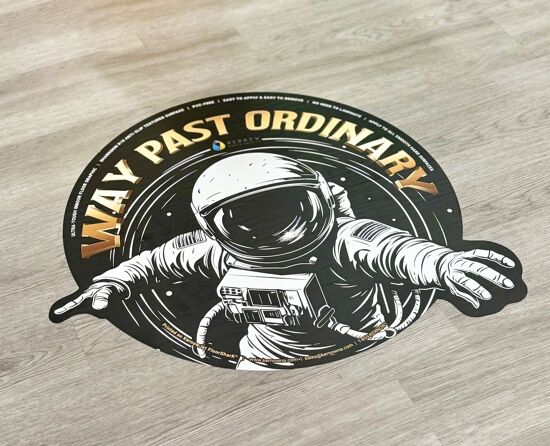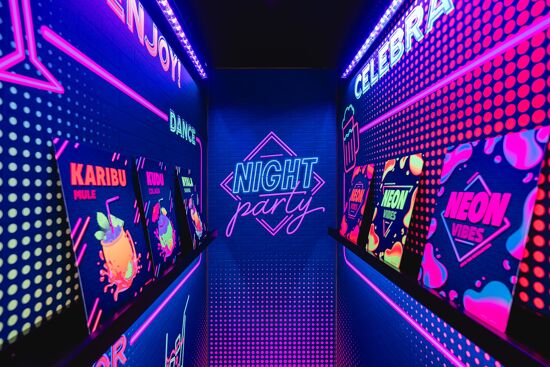The AI future of Customisation and Personalisation

Frank Piller from RWTH Aachen University discusses the evolution of mass customisation, from 90s online attempts to today's AI-driven revolution. "Smart Customisation" leverages AI to design personalised products, while influencers drive niche markets. Generative AI enables micro-segmentation and "Persona of One" products, merging smart products and smart manufacturing for ultimate personalisation.
I am super excited speaking at the next edition of the Personalisation Experience Conference now called SmartHub Conference (on May 6 in Berlin). In my talk, I will discuss the multifaceted nature of mass customisation in the age of artificial intelligence. This is also a great opportunity to reflect my experience in the field of now 30 years, beginning with my PhD in the late 1990s on the importance of the internet for industrial manufacturing – triggered by y fascination with Levi Strauss's offering of customised jeans for $60. Today, mass customisation is experiencing a resurgence through advancements in AI and holds enormous potential for the future.
The Evolution of Mass Customisation
I still recall the beginnings of mass customization in the 1990s, when companies like Procter & Gamble (reflect.com), Nike (Nike ID), and Adidas (Mi Adidas) attempted to create unique value propositions online that were not possible through traditional distribution channels. The idea was to allow consumers to design products online according to their wishes, leveraging flexible production systems.
Since this time, we can distinguish between various levels of customisation:
- Aesthetic Customisation: This involves adapting the appearance of a product, such as color or design. This is often challenging, as consumers are not always the best designers. However, an interesting current development here is the role of influencers who design products and sell them to their followers, as I will discuss below.
- Functional Customisation: This level aims to adapt the functionality of a product to individual needs. This is the standard for Industrial Goods. But also personalizing tableware for a small restaurant by advanced digital print is functional customization, as it reinforced the restaurant’s brand and spiration.
- End-User Innovation: This involves developing consumer toolkits that enable leading customers to create truly new products and expand the solution space that the manufacturer did not originally consider.
The Revolution Through Artificial Intelligence and the Influence of Influencers
Today, I see that artificial intelligence (AI) and machine learning is the way to take mass customization to a new level. By analyzing data traces that consumers leave online, AI could in the future design perfectly tailored products for individuals without them having to actively participate. We call this "Smart Customisation," where algorithms, for example, could know better which dream shirt or dress fits best based on an Instagram profile.
A connected, equally exciting development is the upcoming business-to-influencer-to-consumer model. Platforms like Zazzle, Lulu, or Spreadshirt enable influencers and niche markets to create their own designs and sell them to their communities, supported by digital and efficient flexible manufacturing systems. The market knowledge of influencers in their local markets and niches is key to success here. The addition of generative AI could scale this model even further by assisting in design processes.
There is also the interesting idea of using generative AI to create digital twins of consumer segments, enabling a much finer segmentation of the market. Instead of a few large segments, hundreds of micro-segments could emerge that differ only slightly in their preferences. Piller sees here the possibility of a "Persona of One," where, for example, a shirt manufacturer can analyse the social media profiles of its customers to design a perfectly fitting shirt. He considers this idea brilliant and sees it as a clear distinction from traditional market research.
Smart Products and Personalisation
An important current trend is the development of smart products that enable individualisation through the product itself. Examples include smart home applications that adapt lighting and other functions to individual preferences – a true digital personalisation solution.
Since several years, I call for the integration of smart products and smart manufacturing (e.g. advanced digital printing or 3D printing) into a holistic concept. Today, these are still two silos in most companies (and strategies). But from a consumer perspective, they achieve the same: Giving users what they want in a truly custom way. This is one of the large untapped opportunities in the field!
Conclusion: A Dynamic Future
After 30 years, mass customisation is still a growing and changing field. Generative AI is the latest and potentially most revolutionary addition to this development. From "smarter Customisation" to supporting influencers and creating highly segmented markets and personalized products through generative AI – the future of customization and personalisation is dynamic and promising. The collaboration between humans and AI will play a central role in meeting consumer needs in increasingly precise and efficient ways.
I am looking forward discussing these and further trends on the FESPA Personalisation Experience Conference in Berlin on May 6!
Further information:
- A longer version of Frank Piller’s thoughts about mass customisation can be found here: https://doi.org/10.1080/08956308.2024.2350919
- In an academic study, Frank Piller and his co-authors discuss the link between smart products and smart customisation: https://doi.org/10.1111/jpim.12680
- In this study, Frank Piller and his co-authors investigated the core reason why personalisation startups succeed and why they fail: the right degree of customer centricity: https://doi.org/10.1016/j.lrp.2019.05.006
- The Personalisation Experience Conference 2025: https://www.fespa.com/en/events/2025/personalisation-experience-2024
SmartHub Conference is a dedicated information programme within the show floor bringing smart, intelligent production to the forefront with an array of insightful content sessions. Register here to visit the conference and Personalisation Experience from 6 - 9 May at Messe Berlin in Germany.
Topics
Interested in joining our community?
Enquire today about joining your local FESPA Association or FESPA Direct
Recent news

Kernow Coatings to showcase innovative solutions at FESPA 2025
Kernow Coatings will showcase innovative, sustainable wide-format printing solutions at FESPA 2025. Highlights include a collaboration with Ricoh for a space-themed booth, featuring KernowJet MetaliK and Interiors Structured Silver. They'll also present recyclable wallcoverings and PVC-free media, emphasizing high-performance, eco-friendly options.

Understanding the differences and similarities between monitor and RBG Device ICC Profiles
Paul Sherfield explores the the intricacies of RGB monitor profiles and RGB device profiles, uncovering the challenges and considerations that we can face in the colour management field face daily.

European Sign Expo: Where Visionaries Meet
In under one month’s time, sign makers and visual communications specialists will congregate at European Sign Expo 2025 to see the latest technology developments and trends across the sign industry.

From Imagination to Fabric: Exploring Generative AI with ROQ and Printbox
ROQ and Printbox's upcoming session at SmartHub Conference at Personalisation Experience will demonstrate real-time AI-powered t-shirt personalisation. Attendees will be able to create designs with AI, printed live on ROQ's DTG printers. This will showcase the power of combining generative AI with on-demand printing, revolutionising customer experience and apparel customisation.